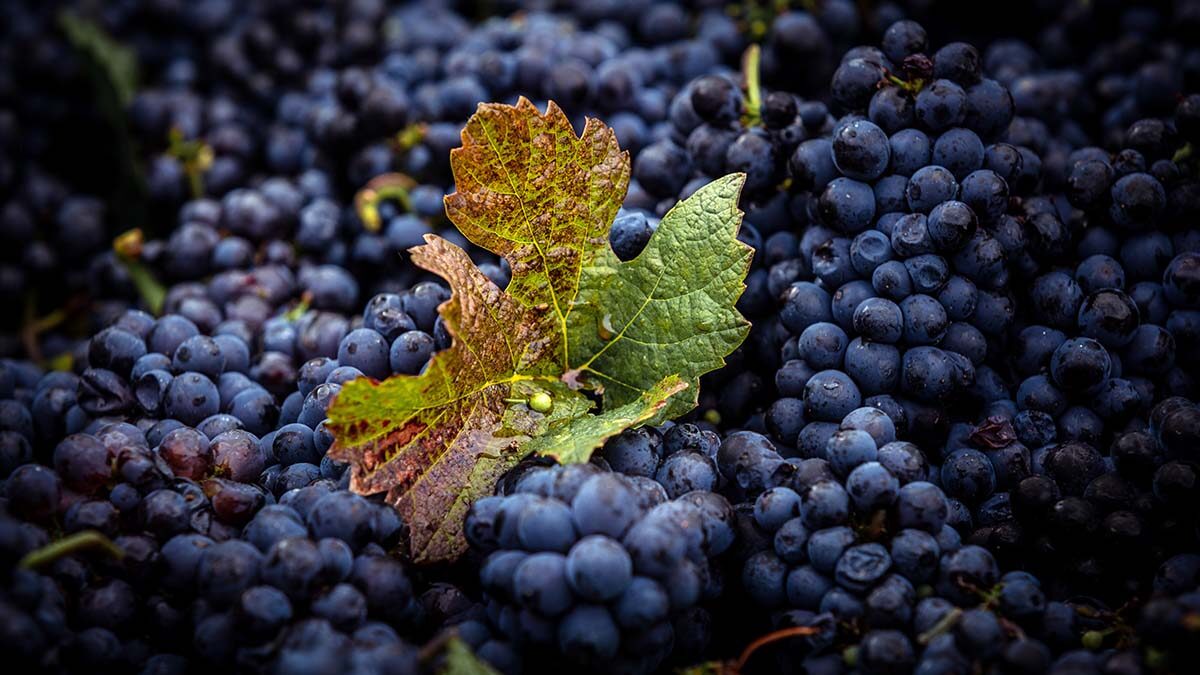A plant-based diet is thought to have played a significant role in human evolution and the consumption of whole plant foods and even just extracts have repeatedly been associated with a decreased risk of aging related diseases. And by healthy aging I’m not talking preventing wrinkles, what about protecting our brain? “Two of the most dreaded consequences of dementia with aging are problems moving around and difficulty remembering things. Dementia robs older adults of their independence, control, and identity.”
Fruits and vegetables help reduce the risk of other chronic diseases, so might they work for brain diseases as well?
There has been a proliferation of recent interest in plant polyphenols as agents in the treatment of dementia. There are 4,000 different kinds of polyphenols found ubiquitously in foods of plant origin, but berries are packed with them, possessing powerful antioxidant and anti-inflammatory properties. There’s a subset of polyphenols called anthocyanidins, which are found in blue and purple pigmented fruits and berries. These polyphenols are uniquely and specifically capable of “both crossing the blood–brain barrier and localizing in brain regions involved in learning and memory.” And that’s precisely where we need them.
The brain takes up less than 2% of body weight but may burn up to 50% of the body’s fuel, creating a potential firestorm of free radicals. Maybe these brain-seeking phytonutrients in berries could fight oxidation and inflammation, and even increase blood flow? This raised a thought-provoking idea. Maybe a “nutritional intervention with blueberries may be effective in forestalling or even reversing the neurological changes associated with aging?” It would be a decade before the first human trial was conducted, but it worked! “Blueberry supplementation improves memory in older adults,” suggesting that “consistent supplementation with blueberries may offer an approach to forestall or mitigate brain degeneration with age.”
What other blue or purple foods can we try? Concord grape juice was also tested and had a similar benefit, suggesting that supplementation with purple grape juice may enhance cognitive function for older adults with early memory decline. Why use juice and not whole concord grapes? Because then you couldn’t design a placebo that looked and tasted exactly the same to rule out the very real and powerful placebo effect. And also because the study was funded by the Welch’s grape juice company.
This effect was confirmed in a follow-up study, showing for the first time an increase in neural activation in parts of the brain associated with memory using functional MRI scans. But this brain scan study was tiny: just four people in each group. And same problem in the blueberry study: it had only nine people in it.
Why haven’t large population-based studies been done? Because we haven’t had good databases on where these phytonutrients are found. We know how much vitamin C is in a blueberry, but not how much anthocyanidin—until now. The Harvard Nurses’ Health Study, highlighted in my video, How to Slow Brain Aging by Two Years, followed the cognitive function of more than 16,000 women for years, and found that “long-term consumption of berries was related to significantly slower rates of cognitive decline, even after careful consideration of confounding socioeconomic status” (that is, even after taking into account the fact that rich people eat more berries). The Harvard Nurses’ Health Study was the first population-based evidence that greater intakes of blueberries and strawberries were highly associated with slower rates of cognitive decline, and not just by a little bit. “The magnitude of associations were equivalent to the cognitive differences that one might observe in women up to two and a half years apart in age.” In other words, women with higher intake of berries appeared to have delayed cognitive aging by as much as two and a half years.
Why shouldn’t we just take some anthocyanidin supplement? Because there hasn’t been a single study that found any kind of cognitive benefit by just giving single phytonutrients. In fact, the opposite is true. “Whole blueberries appear to be more effective than individual components, showing that the whole is greater than the sum of its parts.” These findings have potentially substantial public health implications, as increasing berry intake represents a fairly simple dietary modification to test in older adults for maintaining our brain function.
What other ways could we improve our memory and cognitive function?
What other near-miraculous properties of berries are there?
- Dietary Treatment of Glaucoma
- Boosting Natural Killer Cell Activity
- Reducing Muscle Soreness with Berries
- Which Fruit Fights Cancer Better?
- Amla Versus Diabetes
- Dietary Treatments for Computer Eye Strain
- Prevent Glaucoma and See 27 Miles Farther
- Fat Burning Via Flavonoids
I add them to my morning smoothie: A Better Breakfast.
-Michael Greger, M.D.
PS: If you haven’t yet, you can subscribe to my videos for free by clicking here and watch my full 2012 – 2015 presentations Uprooting the Leading Causes of Death, More than an Apple a Day, From Table to Able, and Food as Medicine.
